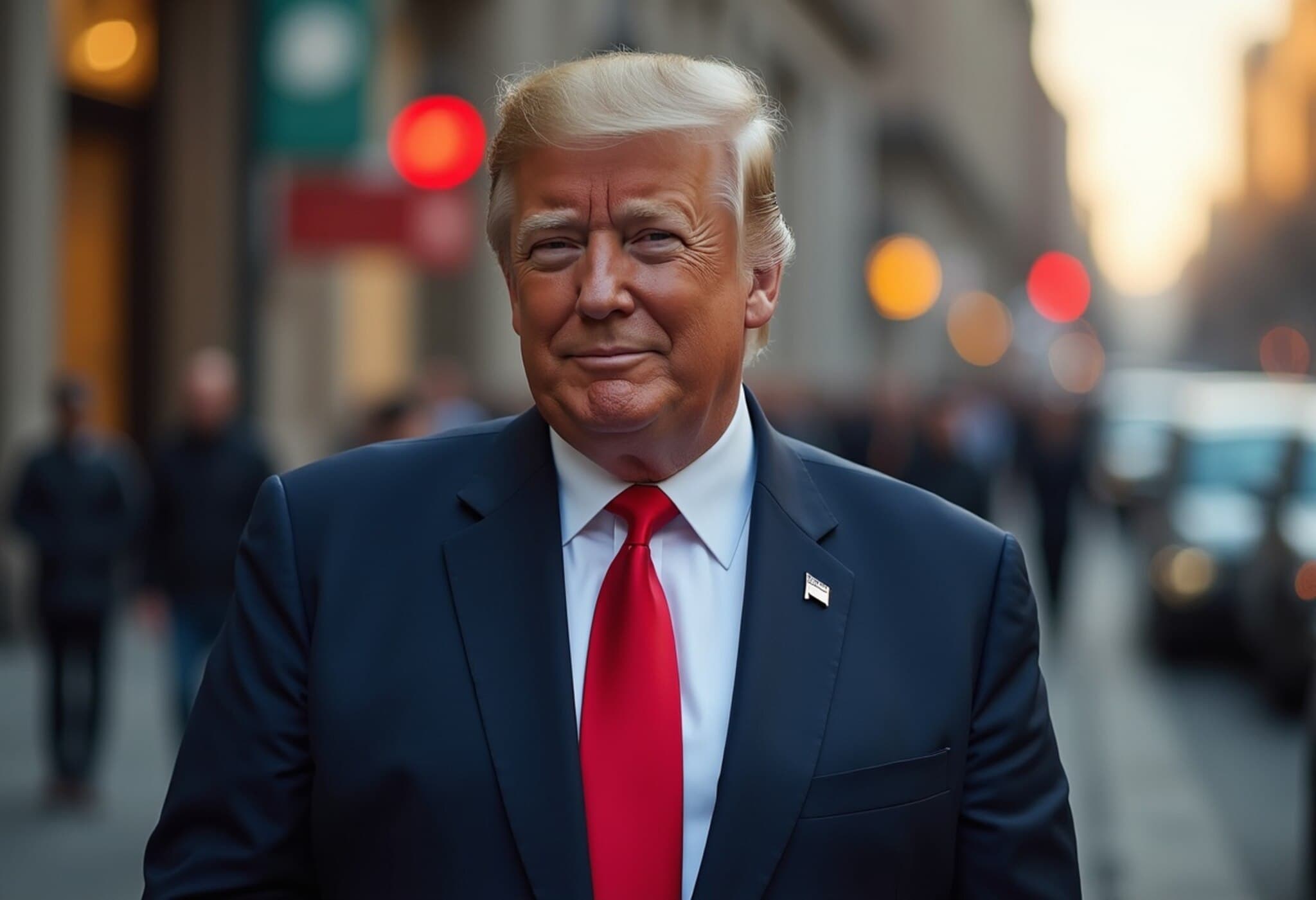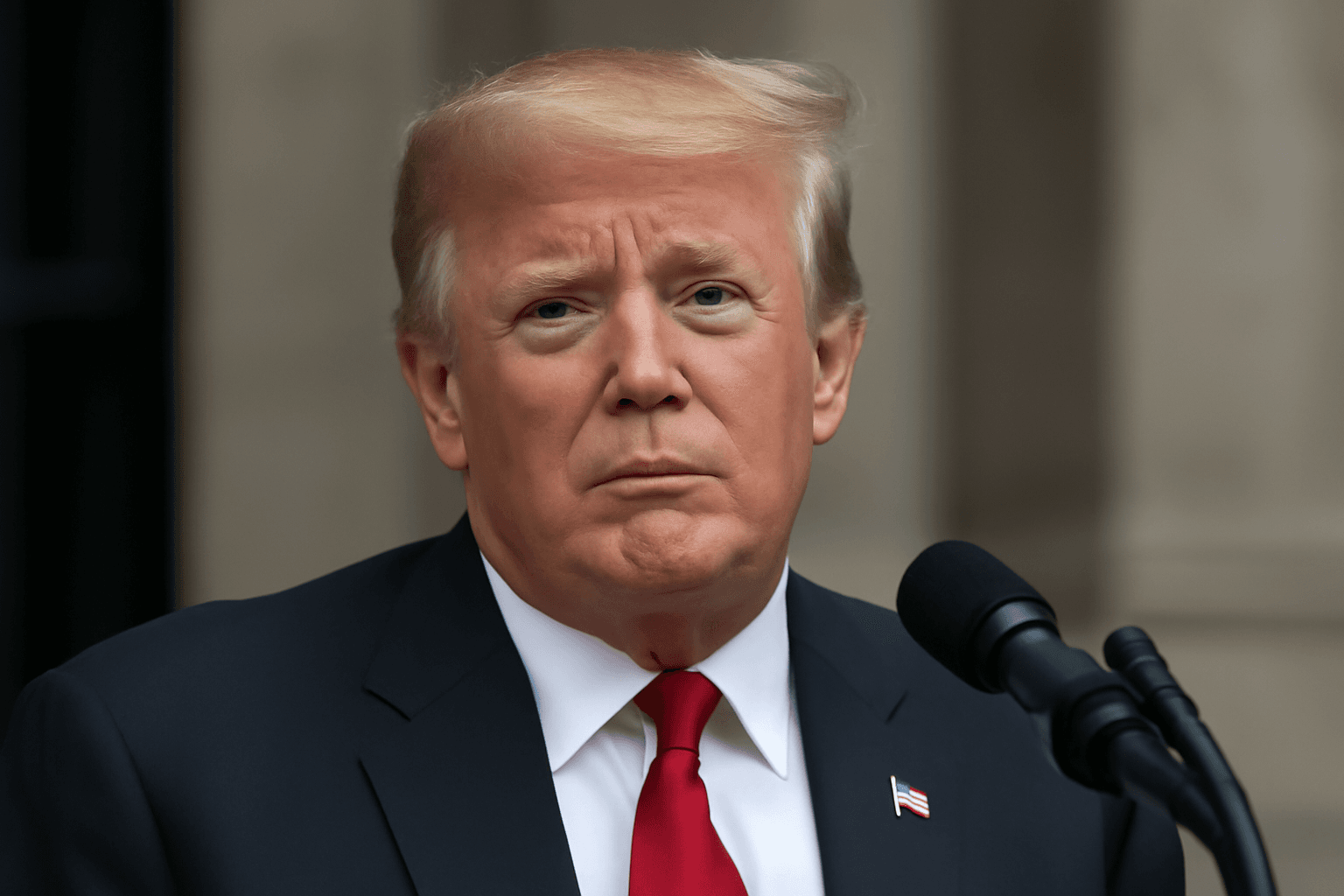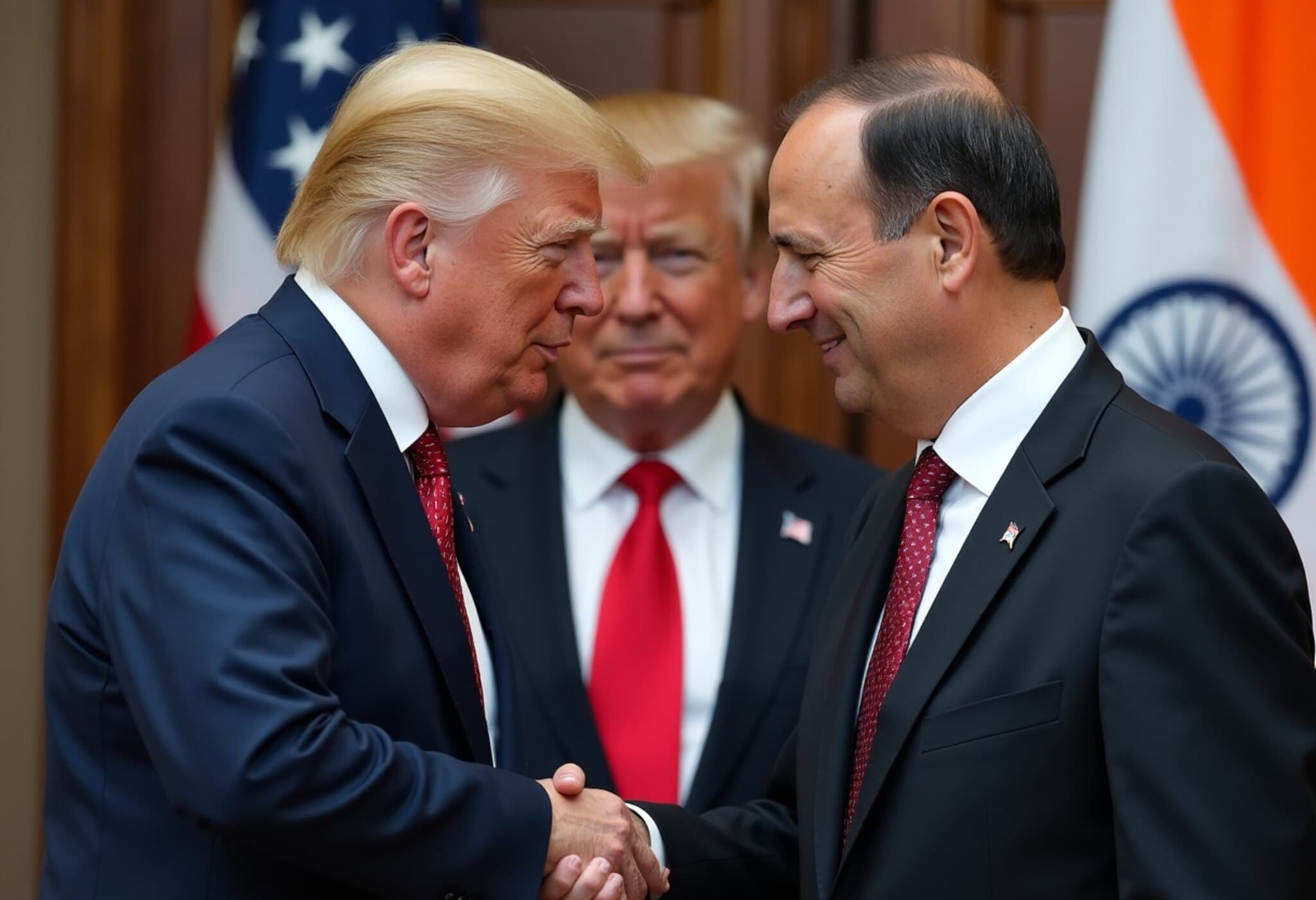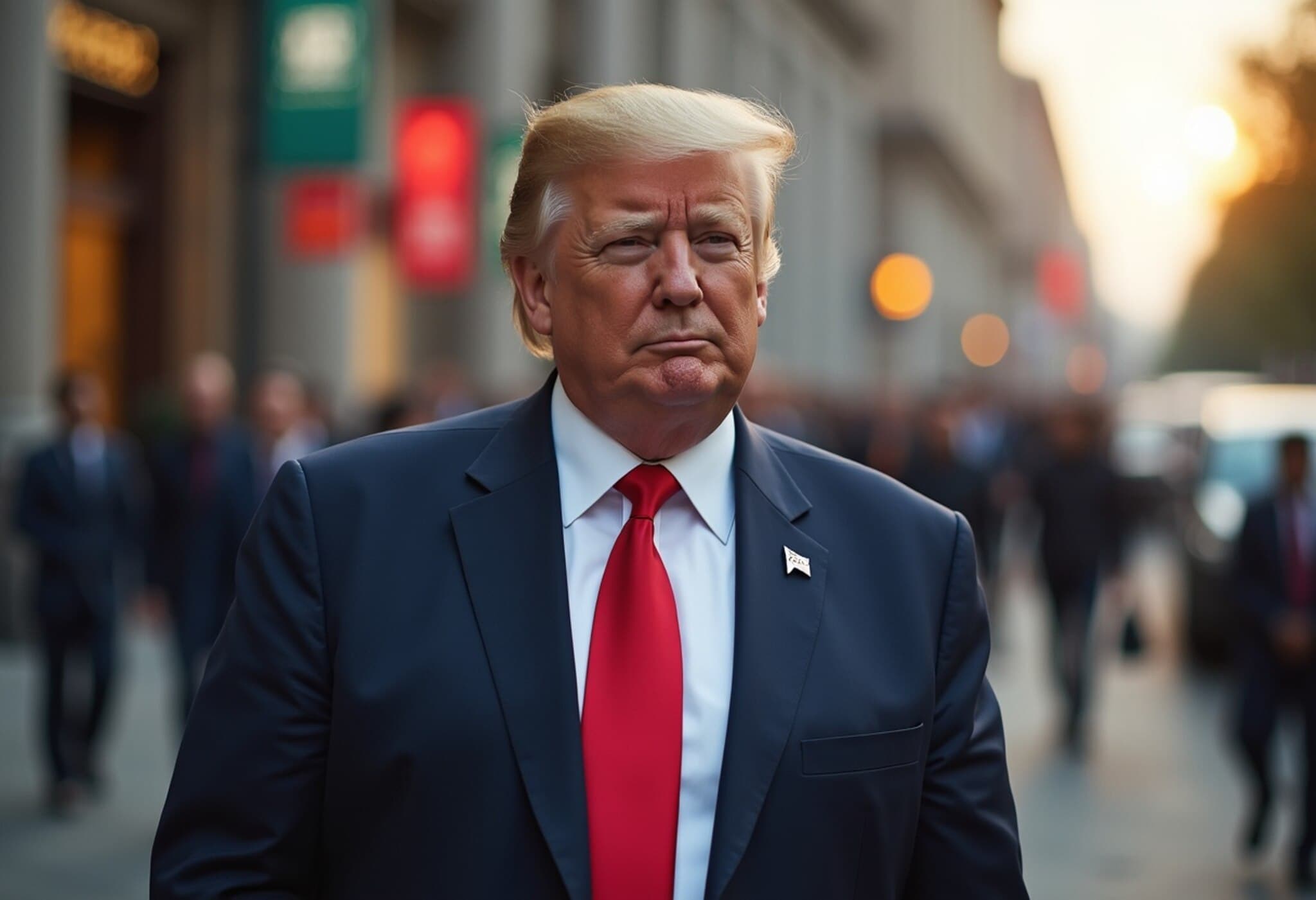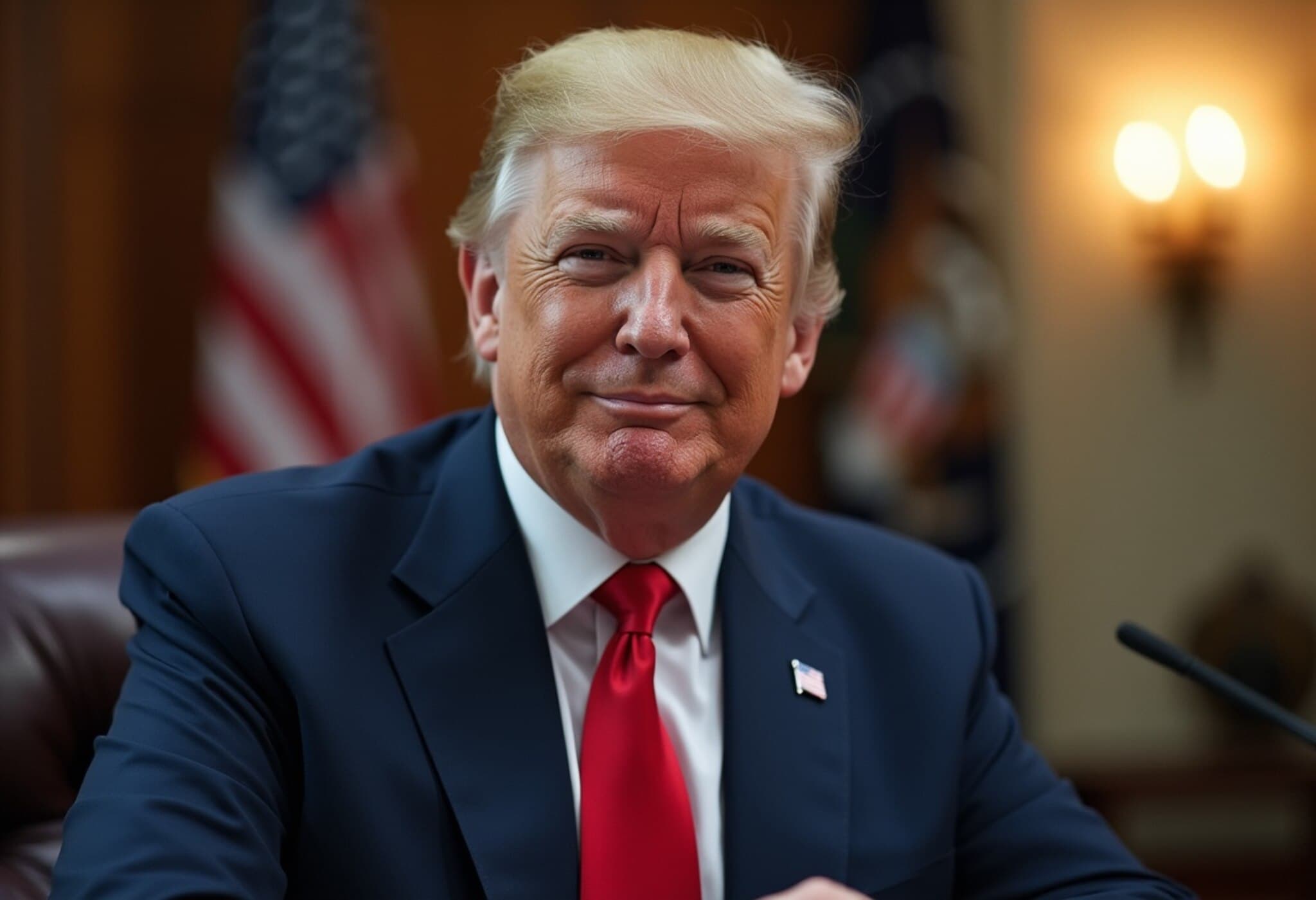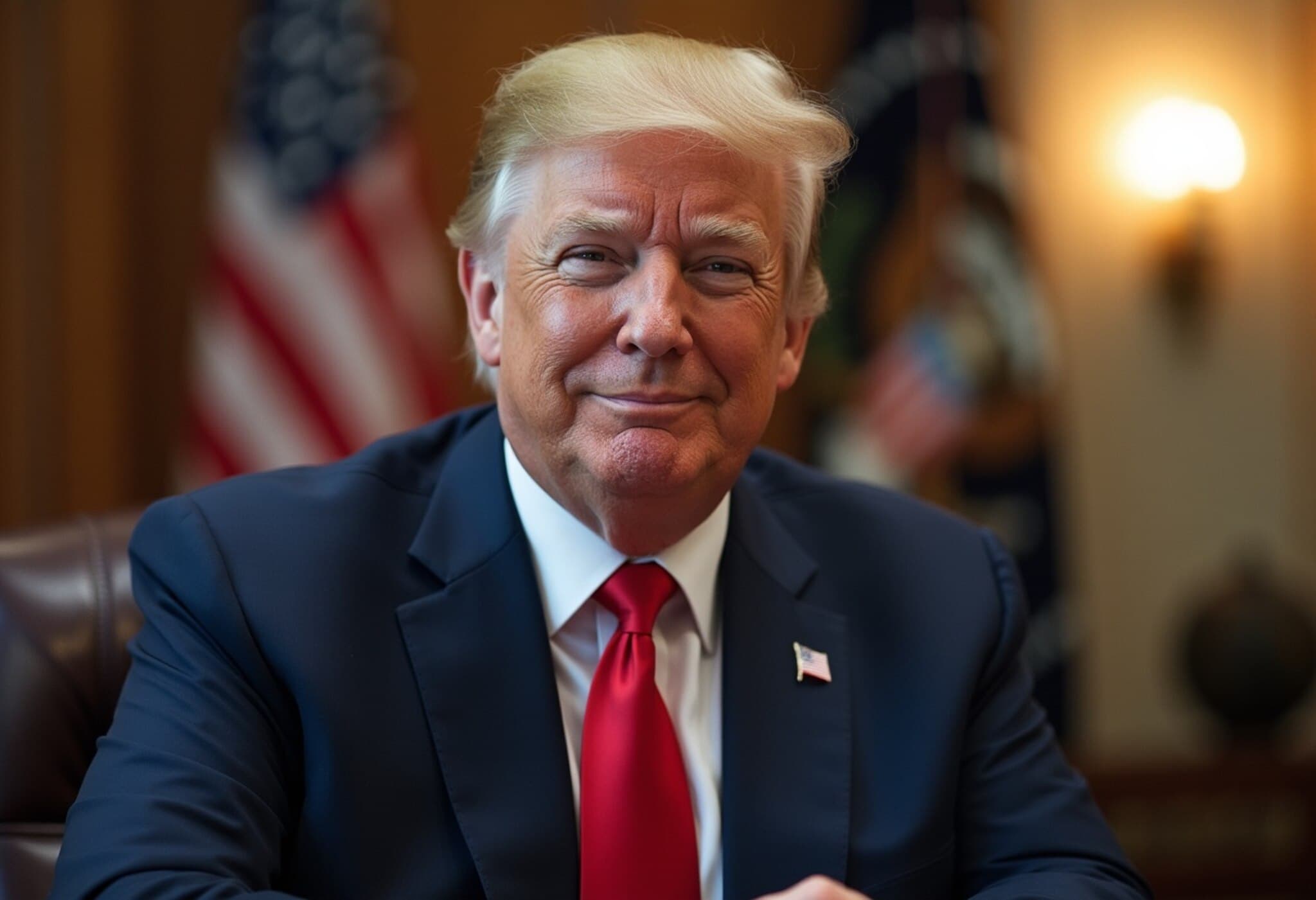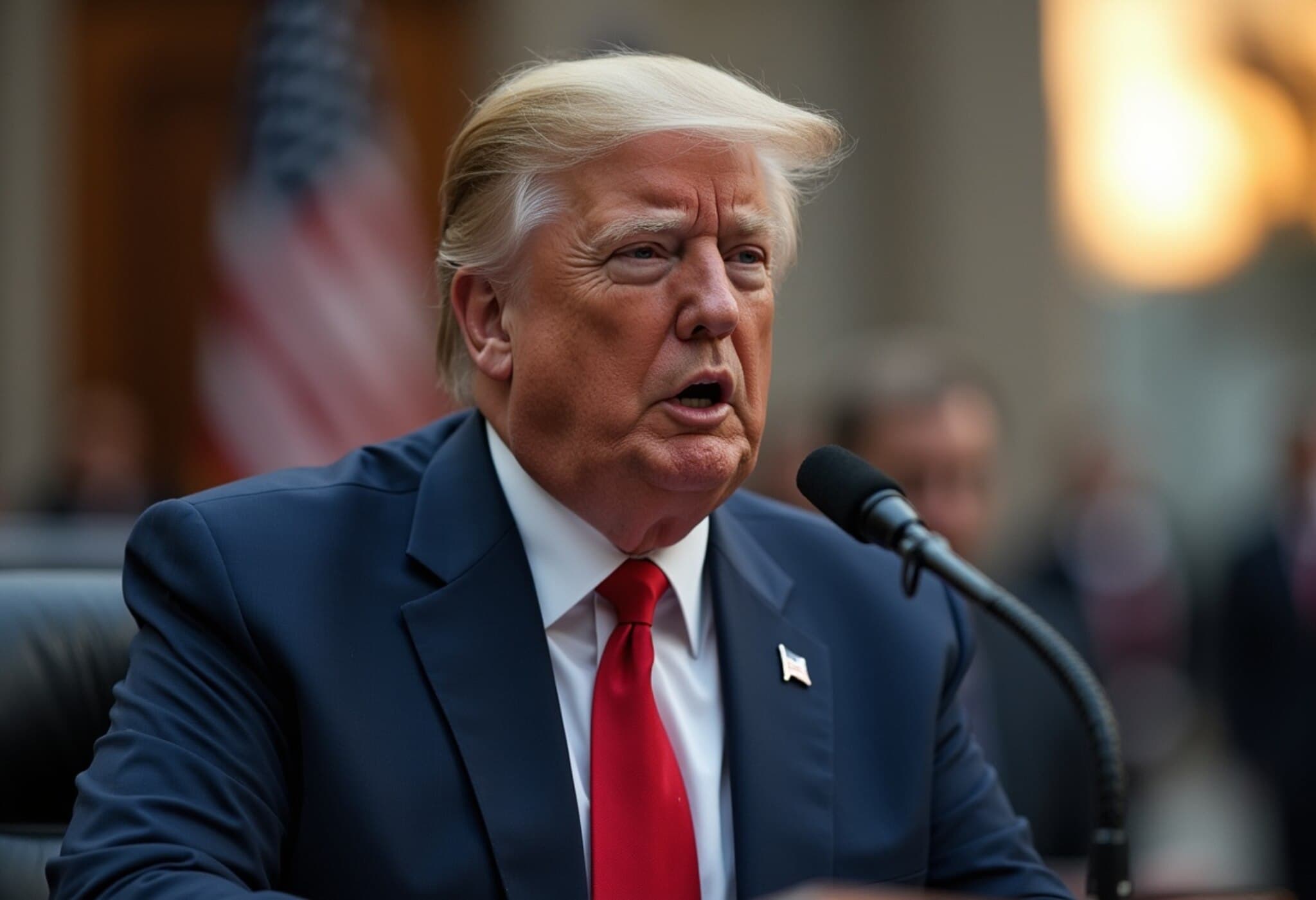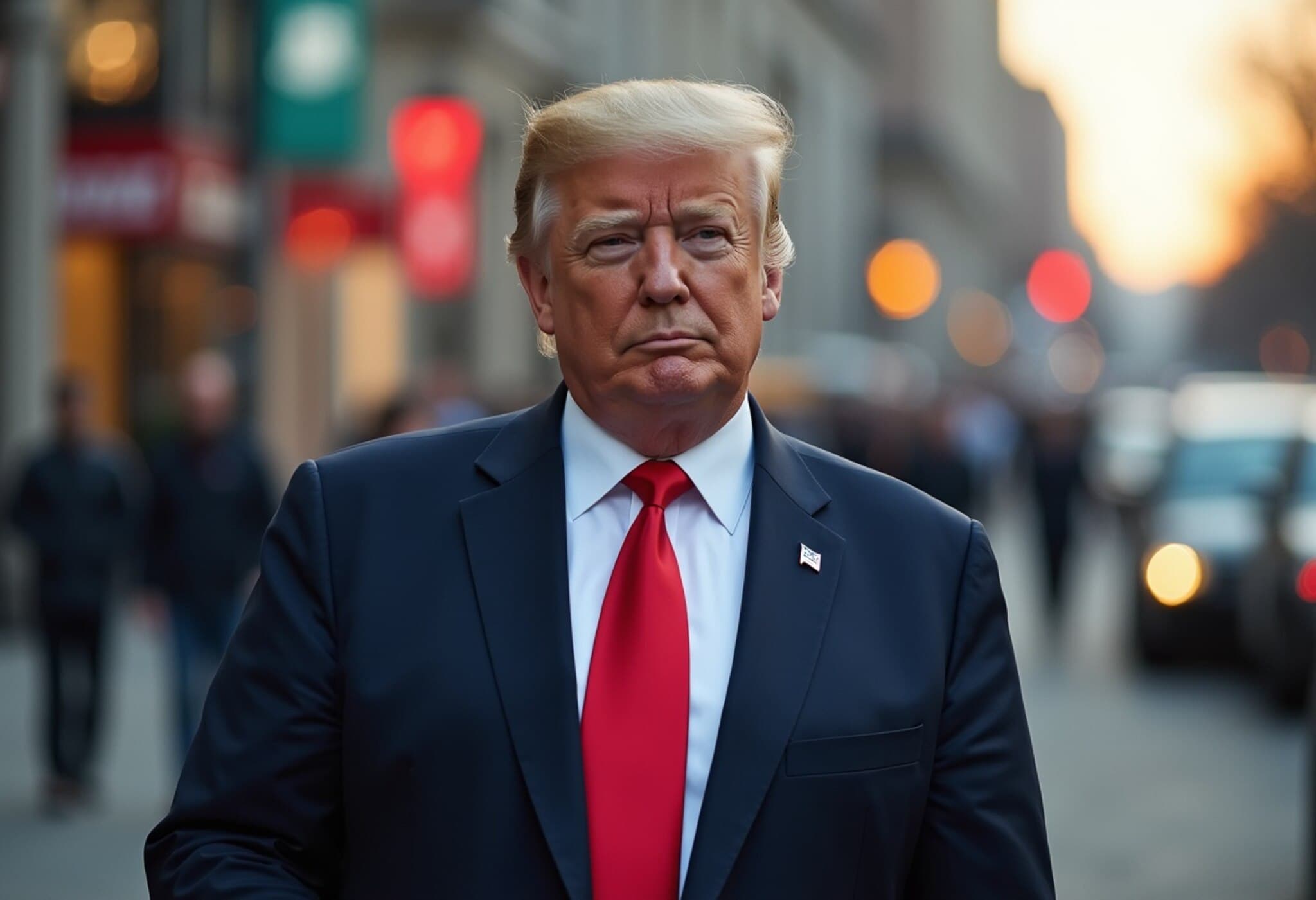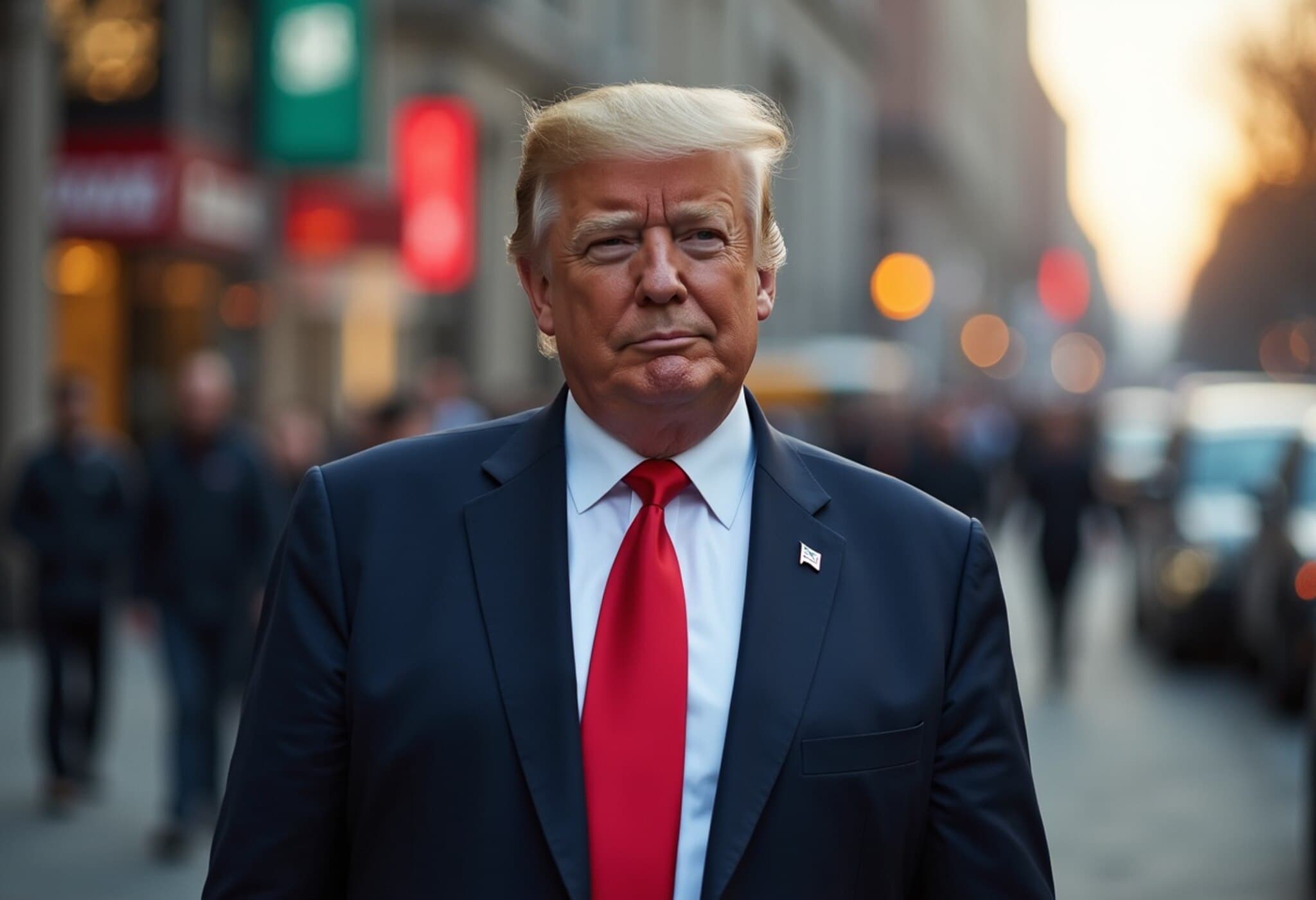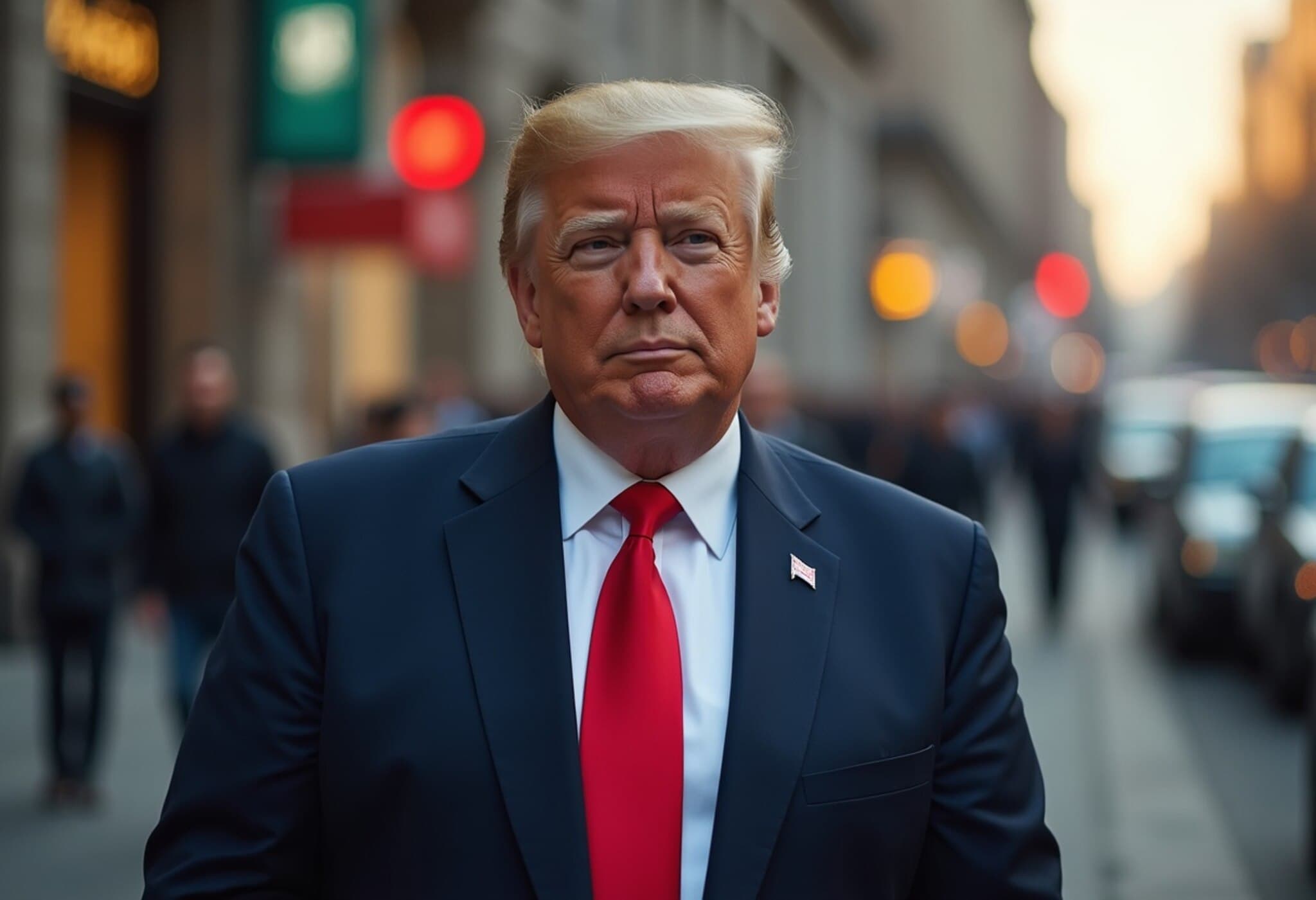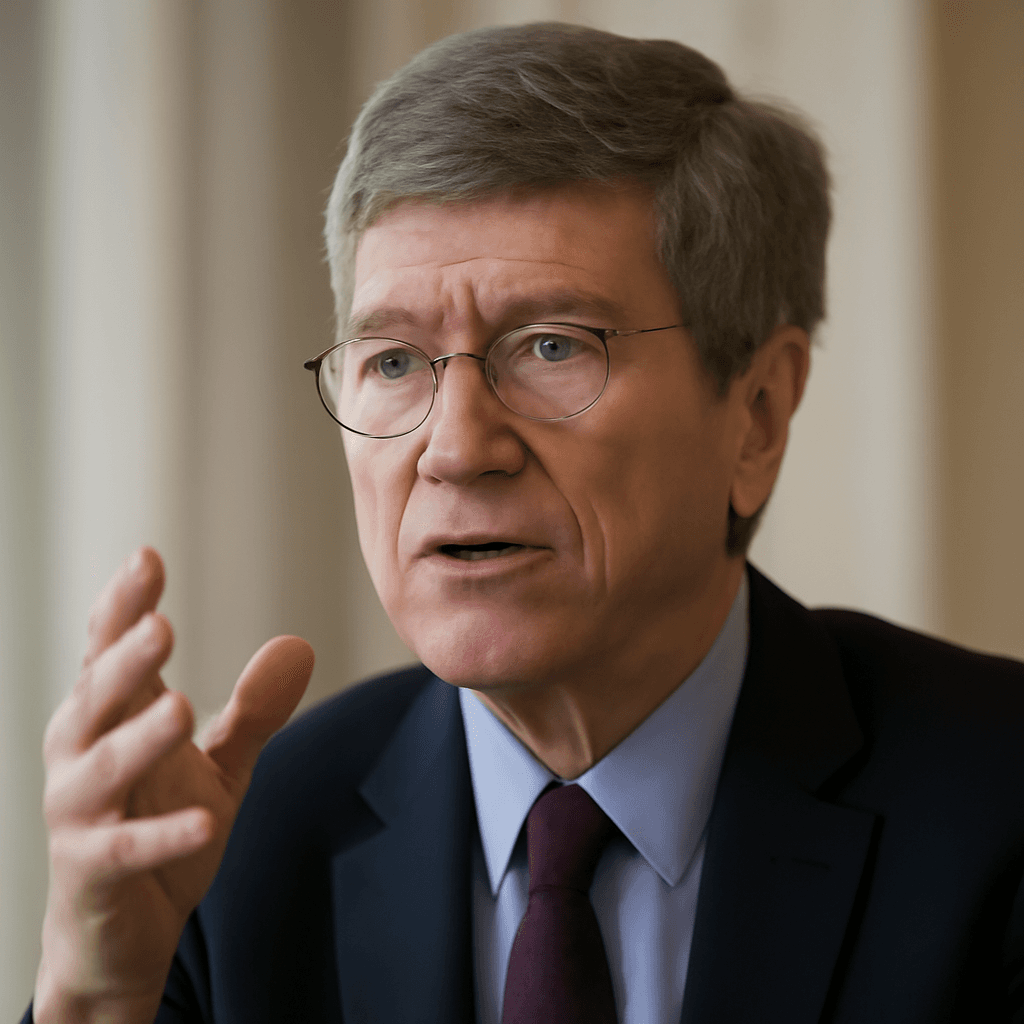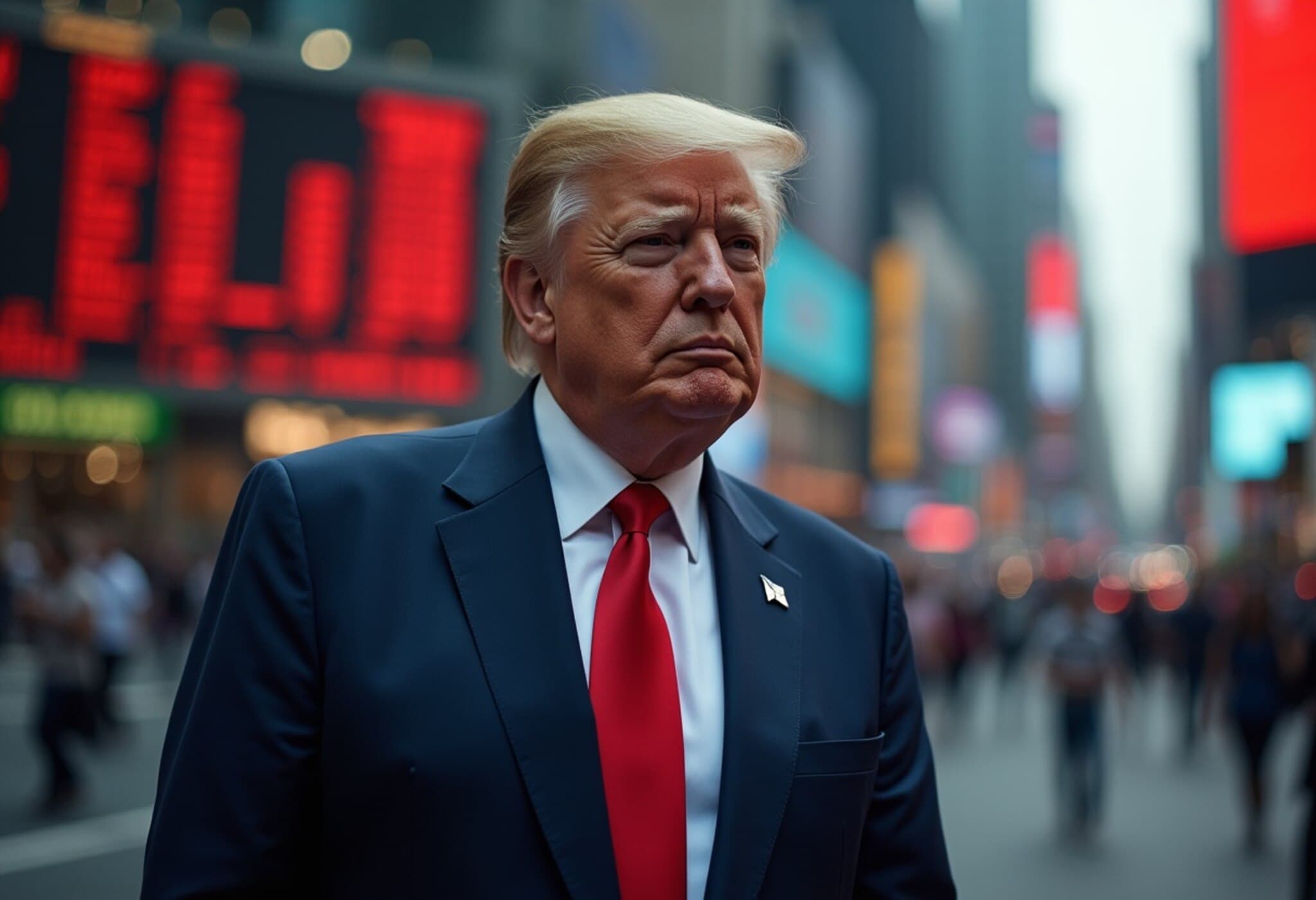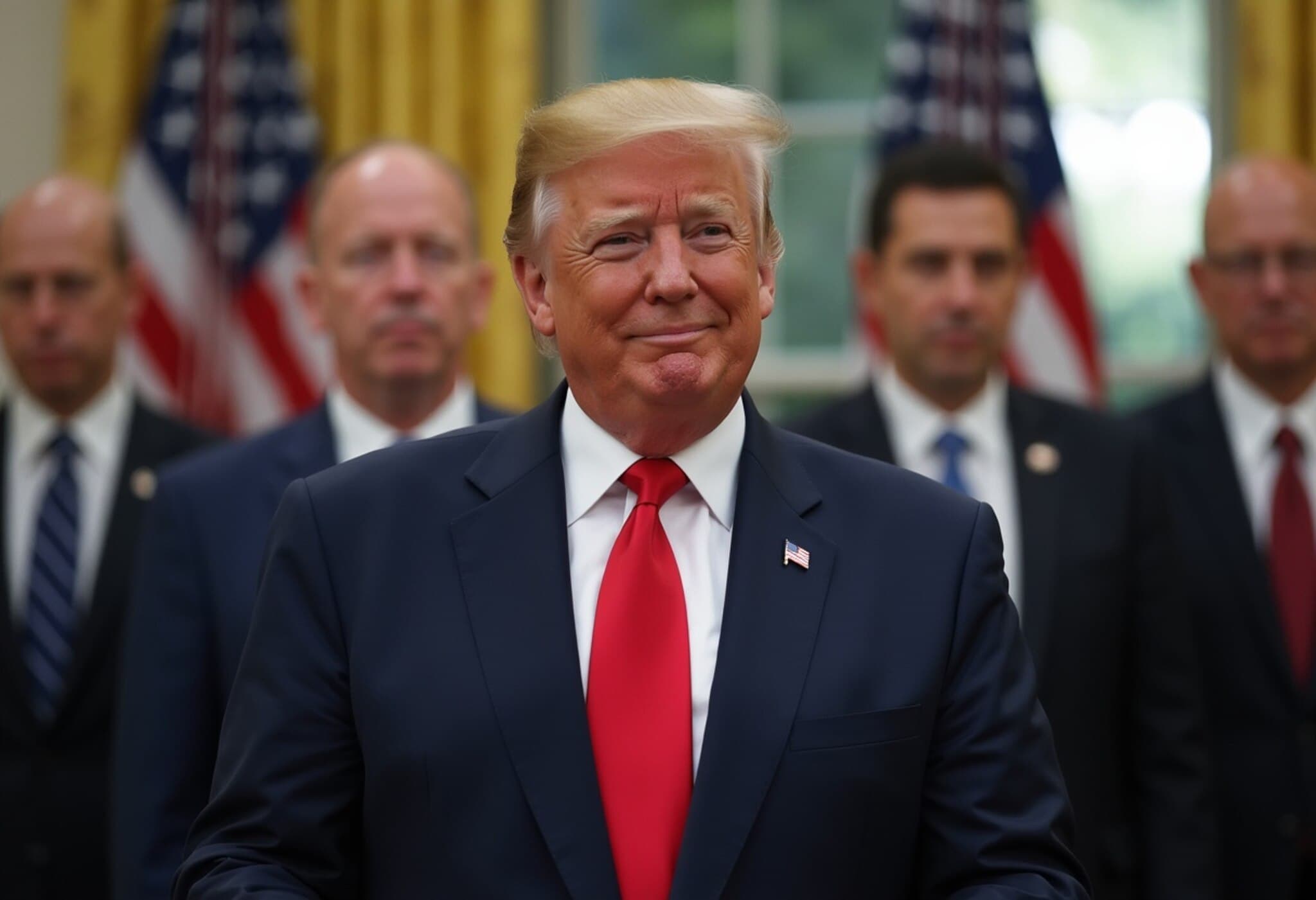Trump Announces 25% Tariff on India Amid Russian Oil Purchases
In a significant escalation of trade tensions, former US President Donald Trump signed an executive order on August 6, 2025, imposing an additional 25% tariff on Indian goods, targeting India’s continued purchase of Russian oil. This new levy effectively pushes tariffs on Indian imports to at least 50%, placing India among the nations facing the highest US trade tariffs worldwide.
Details and Timeline of the New Tariff
The executive order stipulates that the additional tariff will take effect from August 27, 2025. Shipments dispatched before this date will continue to be governed by previous tariff rates until September 17, 2025. This move is part of a broader US policy that has introduced tariffs on over 60 countries, specifically targeting those engaged in trade with Russia amidst the ongoing conflict in Ukraine.
Background: India's Purchase of Discounted Russian Oil
Since Russia’s full-scale invasion of Ukraine in February 2022, India has been one of the largest buyers of discounted Russian energy, alongside China. India argues this strategy balances its energy security needs with geopolitical realities. However, the US under Trump’s administration has viewed these purchases as direct support to Russia’s war effort, prompting a stern response.
Trump’s public criticism intensified last week when he accused India and China on Truth Social of ignoring the human toll in Ukraine. He stated, "India does not care how many people in Ukraine are being killed by the Russian war machine. Because of this, I will be substantially raising the Tariff paid by India to the USA." These comments underscore the increasingly confrontational tone between Washington and New Delhi.
Broader Implications on US-India Relations
This tariff announcement comes at a delicate time, with ongoing negotiations for a bilateral free trade agreement. India has resisted US demands to open politically sensitive sectors such as agriculture and dairy, and strongly opposes importing genetically modified crops, which remain illegal in India. Trump has insisted these conditions be part of any deal, adding to the friction.
Geopolitical Tensions and Historical Context
Experts note that Trump’s stance marks a departure from previous bipartisan US approaches that sought to build strategic partnership with India as a counterbalance to China. Trump's administration has reportedly shown a lenient posture toward Beijing, while simultaneously taking a harder line against India, sometimes meddling in sensitive regional issues.
- Allegations of interference in Kashmir and comparisons of India with Pakistan have aggravated diplomatic sensitivities.
- Rollback of export restrictions on critical technologies to China weakened India’s strategic position.
These developments risk undoing decades of progress in US-India relations, which have evolved from Cold War-era adversaries to key strategic partners.
Expert Analysis: Long-Term Impact and Strategic Questions
Trade analyst Dr. Priya Menon explains, "The imposition of such high tariffs signals a significant recalibration in US trade policy, one that prioritizes geopolitical considerations over economic cooperation. This could push India to deepen ties with Russia and China, potentially complicating US strategic interests in the Indo-Pacific region."
Moreover, the tariffs may add inflationary pressure on US consumers if supply chains are disrupted, raising questions about the policy’s economic rationale beyond geopolitical signaling.
Looking Ahead: Challenges and Opportunities
As the tariff takes effect later this month, stakeholders in both countries will be closely monitoring the fallout. The US must balance its commitment to penalizing Russia's aggression with maintaining a vital partnership with India, crucial for regional stability and countering China’s influence.
For India, the challenge lies in navigating its energy security needs while managing diplomatic fallout with a key global partner. Enhanced dialogue and nuanced diplomacy will be essential to avoid further deterioration in bilateral ties.
Editor’s Note
Trump’s decision to impose a steep 25% tariff on India highlights the complex interplay between trade policy and geopolitics in today’s global landscape. While aimed at curbing support for Russia, it raises pressing questions about the future of US-India relations, the efficacy of punitive tariffs, and the potential realignment of global alliances. Readers are encouraged to consider how economic strategies are increasingly deployed as instruments of foreign policy—and what this means for long-term regional and global stability.

